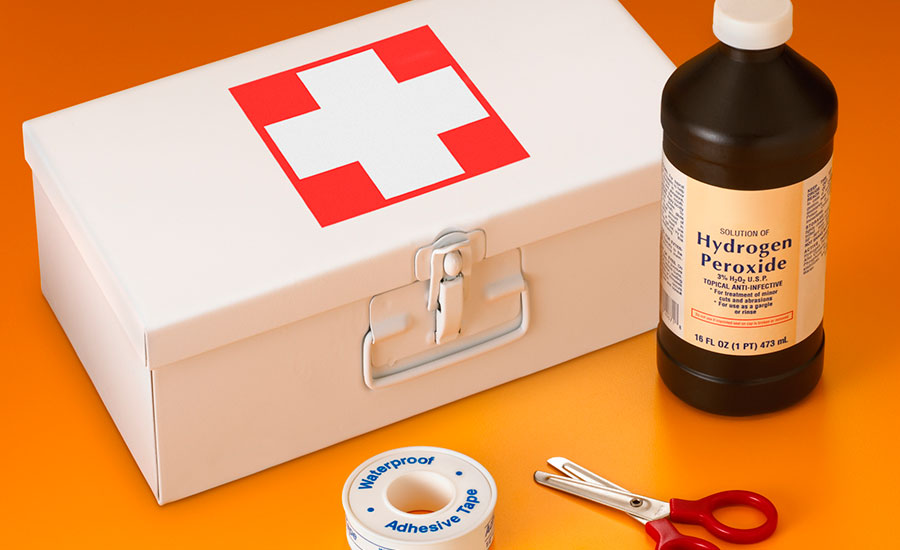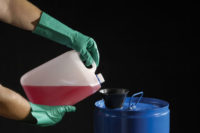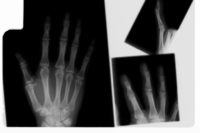Call 911 if:
- The person is seriously injured.
- Injury includes amputation.
- Bone is protruding through skin.
- Bleeding cannot be stopped after several minutes of firm pressure.
- Blood spurts from the wound.
- The hand feels numb or cold.
1. For Cuts
- Apply direct pressure until bleeding stops.
- Remove rings and bracelets that may impede blood flow or compress nerves if swelling occurs later.
- Clean area with warm water and soap.
- Apply antibiotic ointment and a sterile bandage.
- Apply ice and elevate hand to reduce swelling.
- If a finger or part of a finger has been cut off, collect all parts and tissue and place in a plastic bag on ice for transport to the hospital with the person.
- See a health care provider immediately for a deep cut, puncture wound, animal bite, human bite, or a scrape that you cannot get clean or if the cut shows signs of infection.
2. For Sprains, Finger Dislocations or Fractures
- Apply ice to reduce swelling.
- Keep finger elevated above the heart
- If finger is bent or deformed, don't try to straighten it.
- See a doctor immediately.
3. For Infection
- See your health care provider if a hand injury shows signs of infection, including redness, swelling, warmth, or discharge.
4. Other Times to Get Medical Help
- See a health care provider immediately for any hand injury if:
- The person cannot move the hand or fingers
- There are persistent new symptoms
5. Follow Up
- If the person sees a health care provider, the next steps depend on the nature and severity of the hand injury.
- For bites, puncture wounds, burns, and some other hand injuries, the health care provider will give a tetanus shot or booster if the person hasn't had one recently. The health care provider will also clean the wound and remove embedded dirt and debris.
- For a fracture or dislocation, a doctor will X-ray the hand and may apply a splint or cast.
- To prevent or treat an infection, the health care provider may prescribe antibiotics.
- Surgery may be required for some hand injuries.
- Physical therapy or occupational therapy may be prescribed to assist the person in regaining full function.
Source: WebMD www.webmd.com


